Western countries have ignored the BRICS for too long. As we witness the start of the 17th annual BRICS conference, what was once dismissed as a marketing term invented by Goldman Sachs now finds itself producing 32% of global GDP and with an ever-growing waitlist of countries seeking to join. Far from an opponent of the West, Thomas Piketty argues the West needs to seriously engage with the BRICS if we are to rein in multinational corporations and have any chance of controlling the global economy.
The war in Gaza threatens to widen the gap between North and South. For many countries in the South, and not only in the Muslim world, the thousands of civilian deaths caused by Israeli bombardments in the Palestinian enclave, 20 years after the tens of thousands of deaths caused by the United States in Iraq, will doubtless embody the West’s double standards for a long time to come.
All this is taking place against a backdrop in which the main alliance of so-called emerging countries, the BRICS, has just been strengthened at its Johannesburg summit a few months ago. Initially created in 2009, the BRICS have comprised five countries since 2011: Brazil, Russia, India, China, and South Africa.
___
Differences in average national income per capita remain considerable, of course: almost €3,000 per month in the G7, less than €1,000 per month in the BRICS, and less than €200 per month in sub-Saharan Africa, according to the latest data from the World Inequality Lab.
___
Expressed in terms of purchasing power parity, the combined GDP of these five countries will exceed €40,000 billion by 2022, compared with just €30,000 billion for the G7 countries (United States, Canada, Japan, Germany, France, United Kingdom, and Italy), and €120,000 billion on a global scale (an average of just over €1,000 per month for the world’s 8 billion people). Differences in average national income per capita remain considerable, of course: almost €3,000 per month in the G7, less than €1,000 per month in the BRICS, and less than €200 per month in sub-Saharan Africa, according to the latest data from the World Inequality Lab.
In a few words, the BRICS present themselves to the world as the planet’s middle class—those who have succeeded, through hard work, in improving their condition, and who have no intention of stopping there.
In 2014, the BRICS created its own development bank. Based in Shanghai, it remains modest in size but could compete with the Bretton Woods institutions (International Monetary Fund and World Bank) in the future if they do not radically reform their voting rights systems to give greater prominence to the countries of the South. At the Johannesburg summit in August, the BRICS decided to welcome six new members (Saudi Arabia, Argentina, Egypt, United Arab Emirates, Ethiopia, and Iran) from January 1, 2024, reportedly chosen from among some 40 candidate countries.
___
China’s political model increasingly resembles a perfect digital dictatorship, and no one wants it any more than Russia’s military kleptocracy.
___
SUGGESTED VIEWING Russia, China, and the future of world power With Michael Clarke







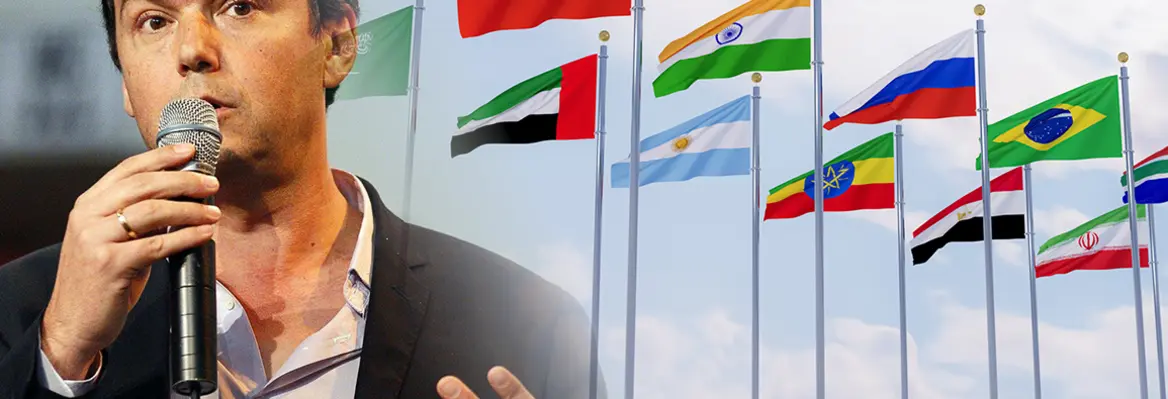


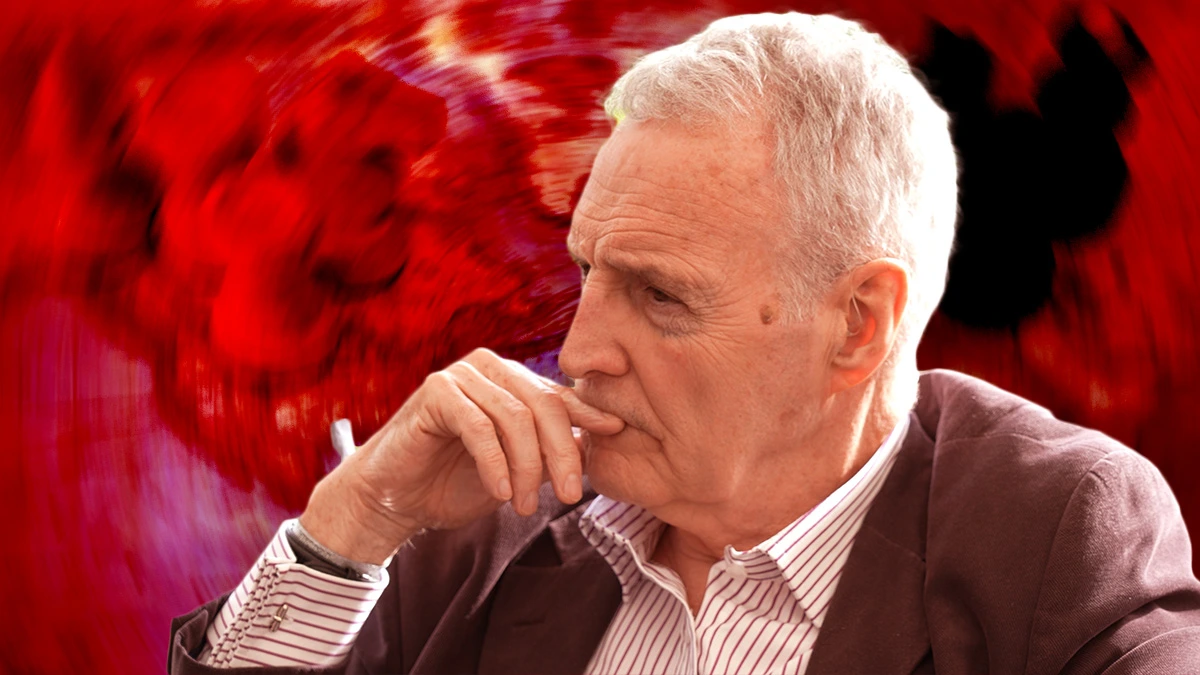

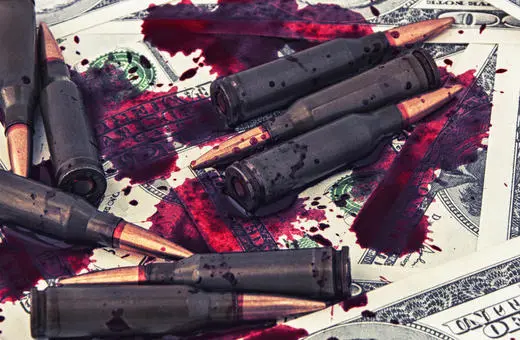
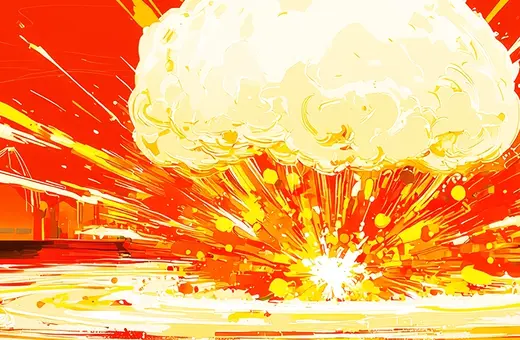

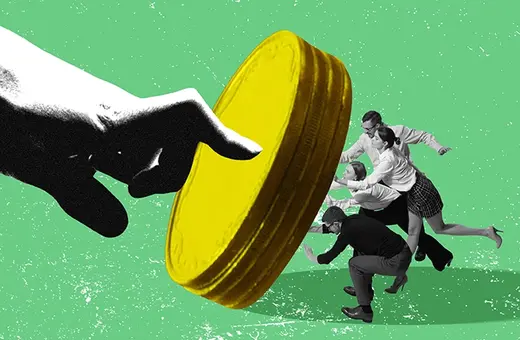
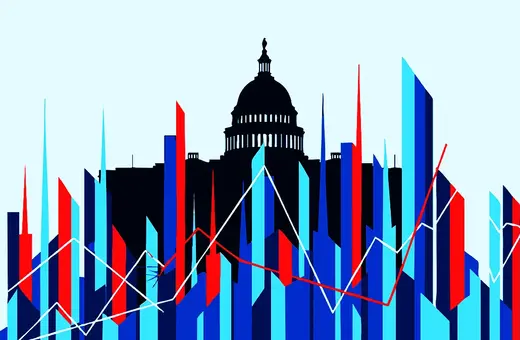
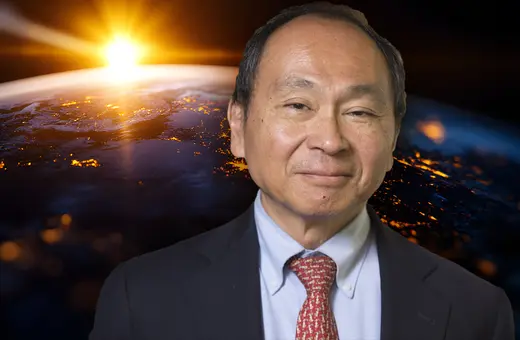



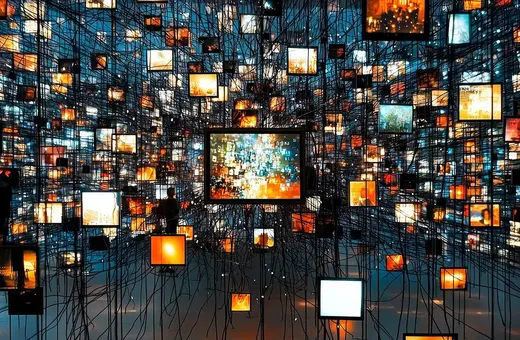

Join the conversation